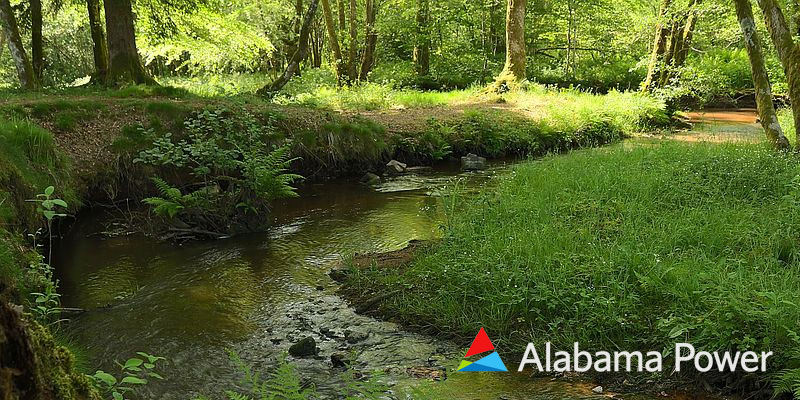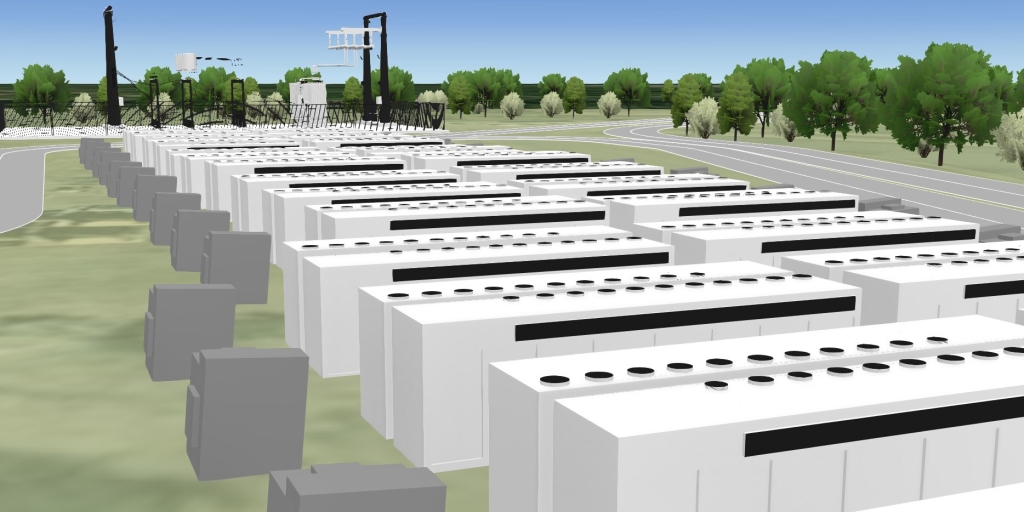Alabama Power continues to make progress toward safely and permanently closing all its ash ponds.
This week, the company posted reports on its website with additional details about the closure process. The meticulously designed process goes above and beyond closing the ponds in place.
Safety and protecting the environment are the top priorities of the closure process, which uses multiple, advanced engineering technologies on top of the close-in-place methodology prescribed by the U.S. Environmental Protection Agency.
The process includes:
• Excavating and moving material farther from rivers and waterways and reducing the size of the closed pond sites by as much as half.
• Using advanced engineering to construct additional protections, such as redundant dike systems and other structures, for increased, robust flood protection.
At all of Alabama Power’s ash ponds, the closure process includes treating and removing all water and installing a specially engineered barrier to keep the dewatered material safely in place. Groundwater monitoring will continue at the closed ash pond sites for at least 30 years to ensure protection of water quality.
And there is far more taking place. The closure plan for each ash pond is site-specific, and includes additional, advanced technologies and safeguards that go above and beyond closing in place.
For example, at Plant Barry in Mobile County, the process includes:
• Excavating and moving material farther away from waterways, creating a buffer up to 750 yards from the Mobile River – a distance in some places longer than seven football fields. In all, over 7 million cubic yards of material, approximately 30% of the total, will be moved farther from the river.
• Reducing the size of the closed pond site by 267 acres, or approximately 45%.
• Constructing a redundant dike system and a subsurface retaining wall around the entire consolidated footprint to provide further groundwater protection. The retaining wall will tie into a natural, solid clay layer that extends up to 28 feet below the site, effectively sealing the material in place.
• Constructing an internal drainage system around the perimeter of the consolidated footprint to accelerate the removal of water.
At Plant Greene County, the company is:
• Excavating and moving material farther away from waterways, creating a buffer up to 400 yards from the river. The facility’s size will be reduced by approximately 268 acres, or more than half its original footprint.
• Applying advanced engineering technologies to construct a5-mile subsurface wall around the closed pond to provide additional structural integrity and water quality protection. The wall will extend 30 feet below ground around the entire closed facility and tie into a natural chalk layer, effectively sealing the material in place.
At Plant Gaston, in Shelby County:
• Material will be excavated and moved farther away from waterways, creating a buffer up to 330 yards from the river – a distance longer than three football fields.
• The facility’s size will be reduced by approximately 75 acres, or by more than a fourth.
• The company will apply advanced engineering technologies to construct a redundant dike system between the closed site and the river as part of the plant’s increased, robust-flood-protection system.
• The company will also install a specially engineered drainage and collection system for additional long-term protection.
At Plant Gorgas, in Walker County:
• Material will be excavated and moved farther away from waterways, creating a buffer in some areas nearly a half-mile wide.
• The consolidated, dewatered footprint will be reduced by approximately 130 acres or by nearly a third.
• Advanced engineering technologies will be used to construct a reinforced dike system between the closed site and the river as part of the plant’s increased, robust flood-protection measures.
• The company will install a specially engineered drainage and collection system for additional long-term protection.
And at Plant Miller, in Jefferson County:
• Material will be excavated and moved farther away from waterways, creating a buffer up to 450 yards from the river – a distance longer than four football fields.
• The facility’s size will be reduced by approximately 125 acresor by more than a third.
• Advanced engineering technologies will be used to construct a reinforced dike systemto provide additional structural integrity.
• The company will install a specially engineered drainage and collection system for additional long-term protection.
The advanced and enhanced closure process plus other measures are designed to correct, over time, any issues related to groundwater around the pond sites. If additional measures prove necessary, the company will take action to protect the community and the environment, in coordination with state regulators.
Alabama Power has already made significant strides toward safe and permanent closure of its ash ponds. Over the past three years, the company installed new water treatment systems and dry ash-handling systems at its fossil plants – a prerequisite for ending use of the ponds.
Last year, Alabama Power completed the permanent closure of the ash pond at Plant Gadsden.
This past April, the company stopped using ash ponds completely as part of its environmental controls.
The company is now moving ahead with dewatering the Greene County ash pond. Dewatering is expected to begin at the remaining ponds at plants Barry, Gorgas, Gaston and Miller later this year.
Also later this year, the company will hold public meetings in communities near the pond sites to share information about the specific closure plans. Dates for the public meetings have not been set.
To learn more about the company’s closure plans, visit www.alabamapower.com and search for “CCR compliance.”
(Courtesy Alabama NewsCenter)













